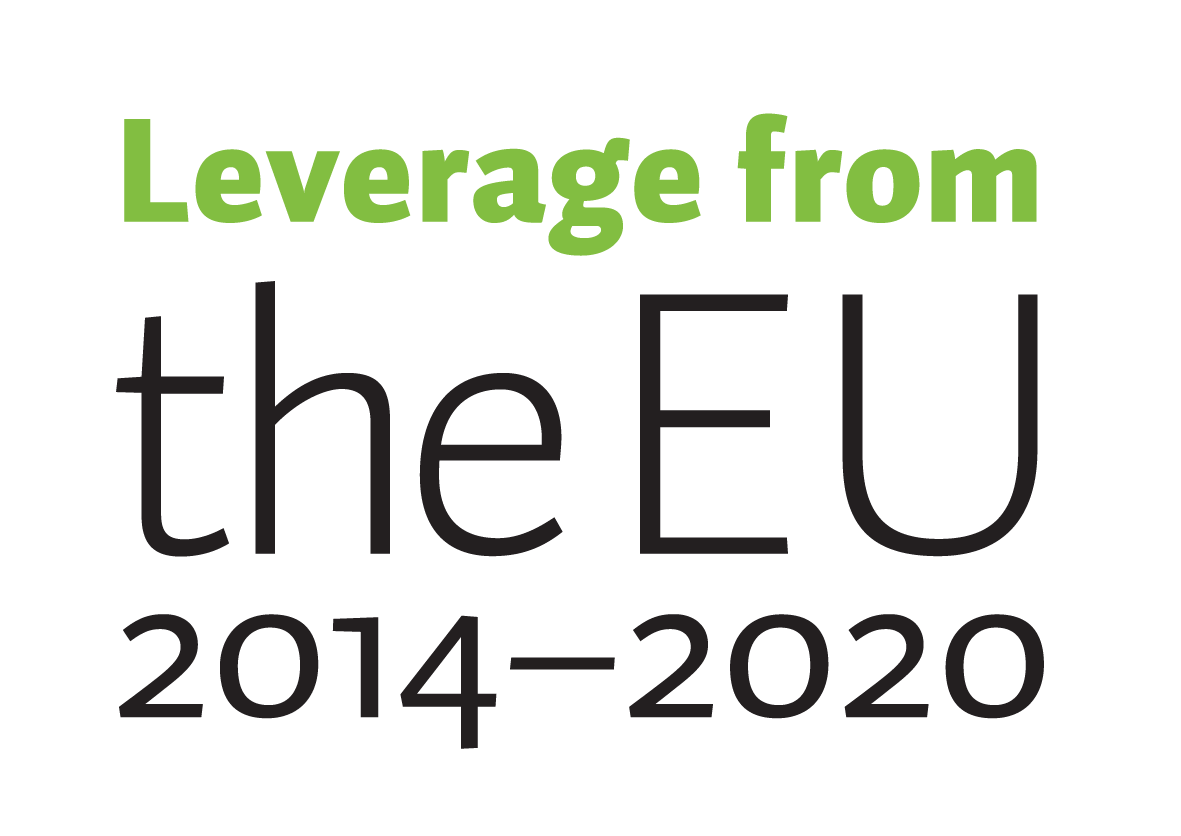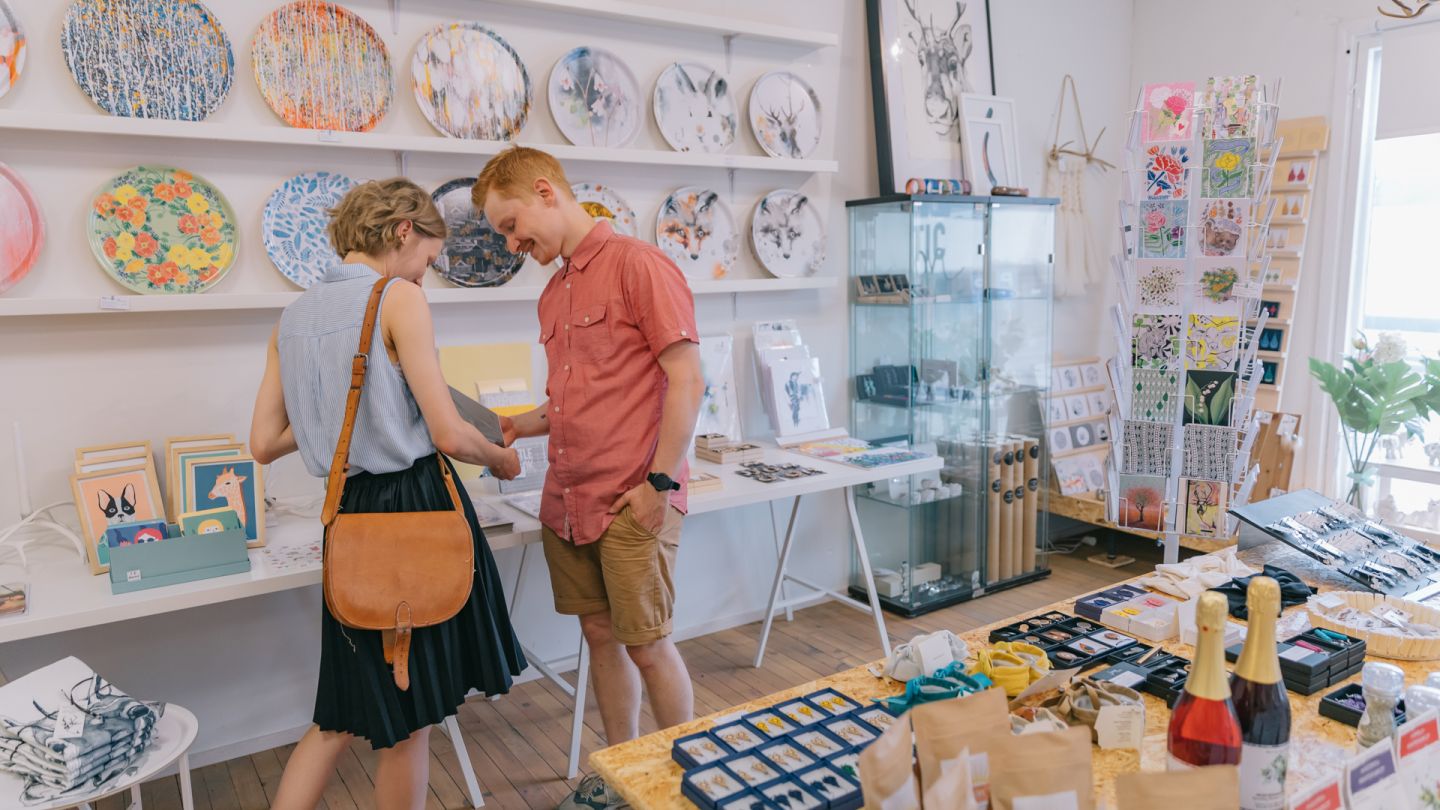Creativity helps other sectors reform and find sustainable business models. In fact, creative industries form a small but impactful sector in Lapland.
The creative sector comprises a wide variety of industries, including audiovisual productions, the game industry, performing arts, design and marketing.
Creative industries produce original and innovative content, concepts and business models that are necessary for reforming other industries and finding sustainable solutions. All sectors and industries can utilize the talent and competencies of the creative sector in some manner. The only way to stand out in the international market is to produce original and imaginative products and services.
The creative sector supports many major trades in Lapland, such as tourism and industry. For example, service design has become an important part of tourism. Creative skill and competence tend to have a direct link to business. For instance, sales and profitability increase when customer understanding and satisfaction improve.
Cooperation is the ticket to international markets
The majority of creative businesses in Lapland are micro-companies. There are very few international-level or even national-level companies.
The strengths of Lapland’s creative industries are their versatility and original and unique identity. In the international market, their Laplandic roots make small businesses stand out from the masses.
Creative professionals should consider the impact their businesses would have if they cooperated more closely. The flexibility and cooperation skills of small businesses are an asset. Neighbouring businesses should not be competitors but partners, who work together in order to meet the needs of major international customers. Positive development toward this direction is underway.
Creative professionals are the lifeblood of creative industries
The Lapland University of Applied Sciences and the Faculty of Art and Design of the University of Lapland are key training and research environments for creative industries. The Faculty of Art and Design has six training programs: audiovisual media culture, graphic design, art education, interior and textile design, industrial design and clothing design.
This faculty trains one-third of all design professionals at a university level in Finland. Lapland has a lot of potential to convince these professionals to stay here permanently after their studies.
Creative people are happy in inspiring environments like Lapland. Silence, clean air, nature and slow rhythm of life allow creativity to thrive. In Lapland, things are very straightforward. It is quite easy for a new entrepreneur to network with other people and businesses.
Many creative professionals are used to communal, multi-sectoral and network-like work methods. Y-North, a communal co-working space in Rovaniemi, is a great example of an international concept that has been adopted successfully in Lapland.
Increased remote work rates and opportunities produced by digitalization have brought on a change in mentality: creative professionals can reach international customers from the wilds of Lapland.
Strategic inclusion is essential
The creative sector employs approximately seven per cent of all labour force in the EU and produces approximately four per cent of the EU’s gross domestic product. Lapland has yet to reach these figures, but the region has great potential.
Lapland is the home of well-known circus groups, classical music and compositions that have received praise abroad. Our service design training is significant at an international level. Film, advertisement and TV productions filmed in Lapland reach hundreds of millions of viewers every year and are major employers in the region.
The full potential of creative industries has yet to be fully understood in Lapland. Creative industries are discussed as a separate island and are not given the same strategic support in development that is given to tourism or industry, for example.
One reason for this is that the creative sector is a very diverse group of industries. The revenue models and working cultures of circus, arts and crafts and the game industry are very different. Creative industries do not have a common representation of interests, and the priorities of individual industries are not enough to represent the whole creative sector.
Furthermore, the compilation of statistics on creative industries needs to be improved. Improved statistics would reveal the actual size of this small and scattered business field.
Creativity is not enough to produce and realize good ideas – you also need money. Financiers should encourage creative businesses already operating in Lapland to think bigger and aim for the international market. Similarly, they should attract other creative businesses to Lapland.
Although Lapland is not yet known for its creative industries, the future looks bright. The coronavirus pandemic is likely to change businesses’ operating environments for good. The safety and inspiring nature of Lapland give the region added value. Lapland is tailor-made for creative industries.
Experts consulted for the article:
Päivi Tahkokallio, Tahkokallio Design+, Managing Director and Bureau of European Design Associations BEDA, Chair
Miikka Niemi, Flatlight Creative, Founder, Managing Director
Risto Lustila, Business Finland, Director of Funding



